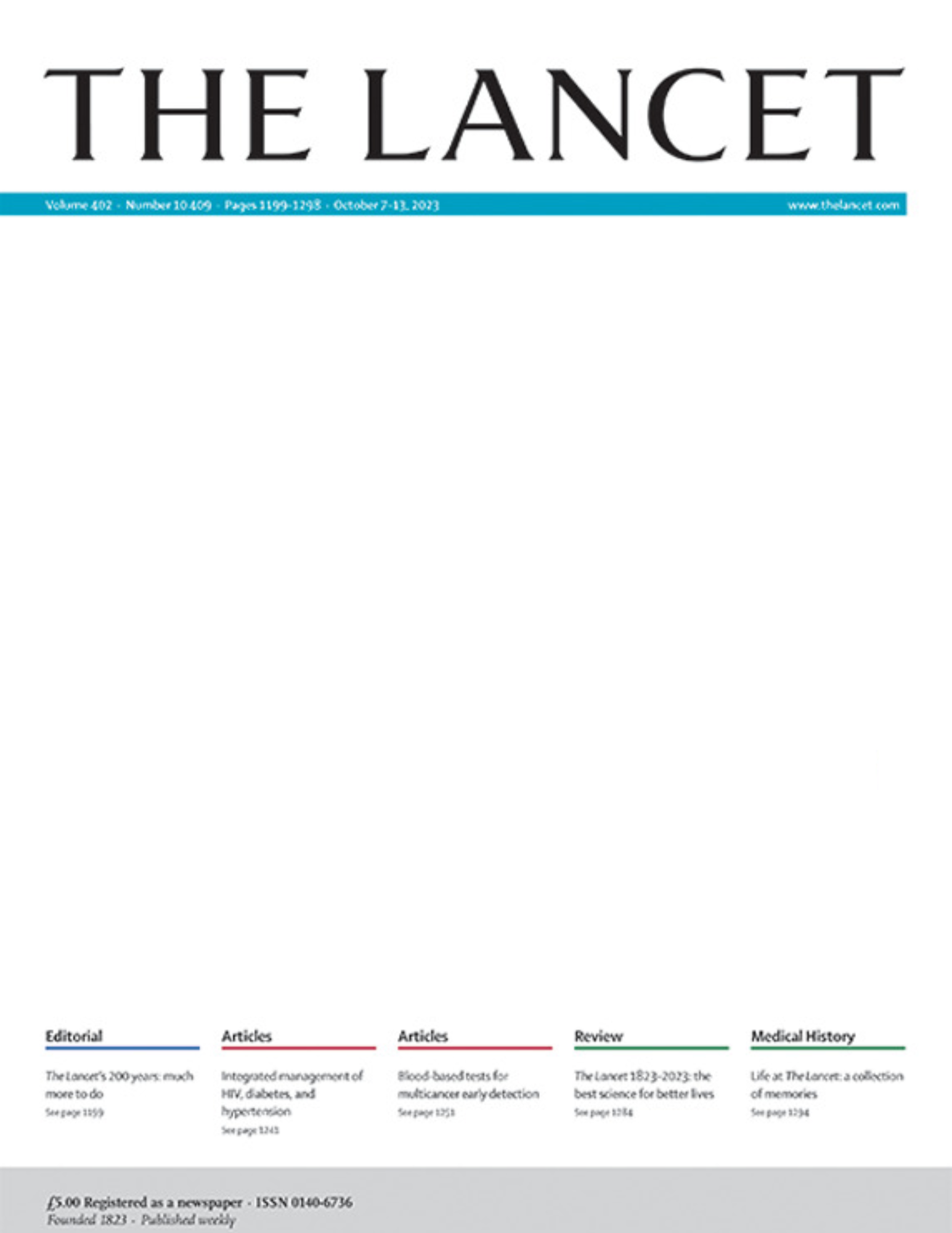
Short term immobilization of severe ankle sprains provides the best clinical outcome

Short term immobilization of severe ankle sprains provides the best clinical outcome
Mechanical supports for acute, severe ankle sprain: A pragmatic, multicentre, randomised controlled trial
Lancet. 2009 Feb 14;373(9663):575-81Did you know you're eligible to earn 0.5 CME credits for reading this report? Click Here
Synopsis
584 patients with severe ankle sprains were recruited from eight emergency departments to assess the effectiveness of three different bracing options and to compare them with a tubular compression brace. Patients were randomized to treatment with a below-knee cast, an Aircast brace, Bledsoe boot, or tubular compression brace. At three month follow-up, there was a significant improvement in the Foot and Ankle scores of the below-knee casting and Airbrace groups in comparison to the tubular compression brace. There were no differences between groups at a nine month follow-up.
Was the allocation sequence adequately generated?
Was allocation adequately concealed?
Blinding Treatment Providers: Was knowledge of the allocated interventions adequately prevented?
Blinding Outcome Assessors: Was knowledge of the allocated interventions adequately prevented?
Blinding Patients: Was knowledge of the allocated interventions adequately prevented?
Was loss to follow-up (missing outcome data) infrequent?
Are reports of the study free of suggestion of selective outcome reporting?
Were outcomes objective, patient-important and assessed in a manner to limit bias (ie. duplicate assessors, Independent assessors)?
Was the sample size sufficiently large to assure a balance of prognosis and sufficiently large number of outcome events?
Was investigator expertise/experience with both treatment and control techniques likely the same (ie.were criteria for surgeon participation/expertise provided)?
Yes = 1
Uncertain = 0.5
Not Relevant = 0
No = 0
The Reporting Criteria Assessment evaluates the transparency with which authors report the methodological and trial characteristics of the trial within the publication. The assessment is divided into five categories which are presented below.
2/4
Randomization
3/4
Outcome Measurements
3/4
Inclusion / Exclusion
2/4
Therapy Description
4/4
Statistics
Detsky AS, Naylor CD, O'Rourke K, McGeer AJ, L'Abbé KA. J Clin Epidemiol. 1992;45:255-65
The Fragility Index is a tool that aids in the interpretation of significant findings, providing a measure of strength for a result. The Fragility Index represents the number of consecutive events that need to be added to a dichotomous outcome to make the finding no longer significant. A small number represents a weaker finding and a large number represents a stronger finding.
Why was this study needed now?
Severe ankle sprains are a common occurrence. Current treatment methods for this injury vary greatly, with no consensus on a gold standard. High-quality evidence is lacking on determining the most effective method. Immobilization devices is one of such treatment methods; however, it has not been studied extensively. Thus, this study assessed treatment using a variety of support methods and compared them to a common treatment - the tubular compressive bracing.
What was the principal research question?
Were the clinical outcomes of three mechanical supports for severe ankle sprains (Air cast, Bledsoe boot, and 10 day knee cast) different from a double-layer tubular compression bandage, when measured at 9 months?
What were the important findings?
- The tubular compression bandage was the least effective treatment brace, in terms of improvements in Foot and Ankle scores
- Clinically important benefits occurred at 3 months in the below-knee cast group when compared with the tubular compression bandage for FAOS quality scores (Mean difference: 9%; 95% CI: 2.4-15.0%; p<0.007). Differences were also demonstrated in FAOS pain, symptoms, and activities of daily living subscales.
- Similar FAOS quality scores were seen in the Aircast group (Mean difference: 8%; 95% CI: 1.8 -14.2%; ES: 0.33) and the below-knee cast (Mean difference: 9%; 95% CI: 2.4-15.0%; ES: 0.36) at 3 months. These scores were better than those in the tubigrip and Bledsoe groups.
- Pertaining to the SF-12 scores, patients in the Aircast and Bledsoe groups had better mental health-related quality of life, in comparison to the other 2 groups at 3 months.
- There were no differences in outcomes between any of the groups at 9 months.
What should I remember most?
Results from this study indicated that both below-knee casting and the Aircast brace were superior treatments for severe ankle sprains, as treatments provided significant improvements in Foot and Ankle scores at 3 months when compared to a tubular compression brace.
How will this affect the care of my patients?
Based on the results from this study patients presenting with severe ankle sprains are advised to undergo short term immobilization treatment using either a 10 day below-knee cast or an Aircast brace. It may be beneficial to determine whether additional treatments such as physiotherapy or surgery are useful adjuncts to mechanical supports, and the optimal time for application.
Learn about our AI Driven
High Impact Search Feature
Our AI driven High Impact metric calculates the impact an article will have by considering both the publishing journal and the content of the article itself. Built using the latest advances in natural language processing, OE High Impact predicts an article’s future number of citations better than impact factor alone.
Continue



 LOGIN
LOGIN

Join the Conversation
Please Login or Join to leave comments.
Orthopaedic Surgeon - United States
nice study !!
Orthopaedic Surgeon - Canada
Interesting, the main point is to keep it short 910 days) and activate patient early